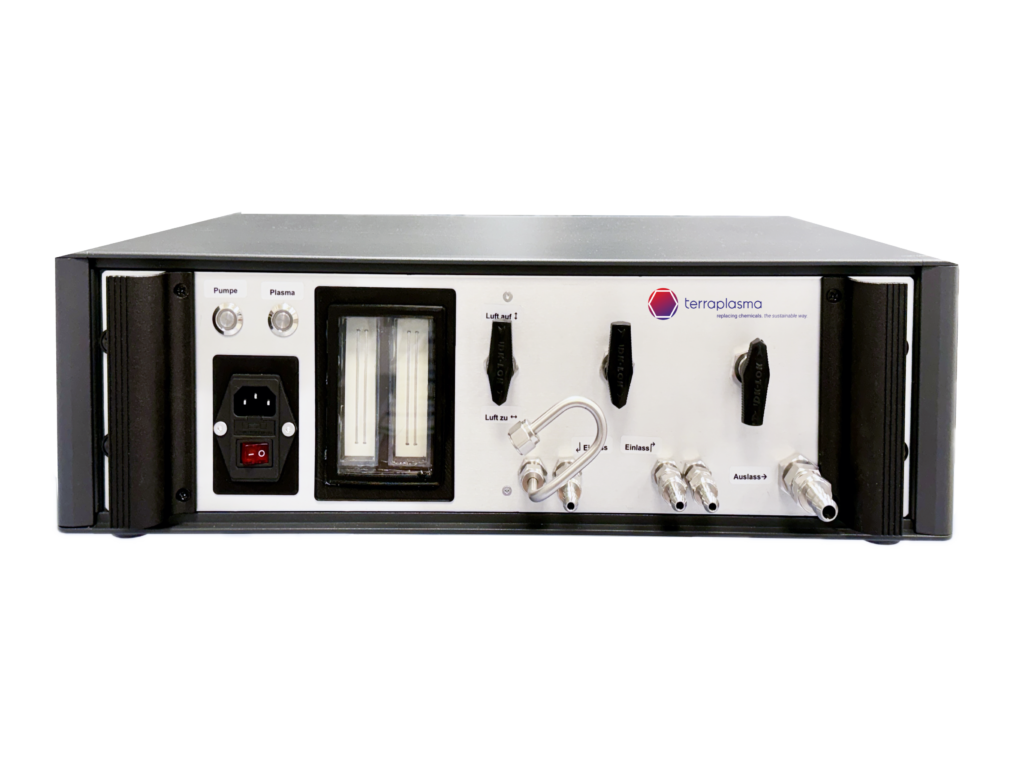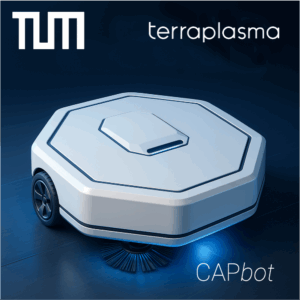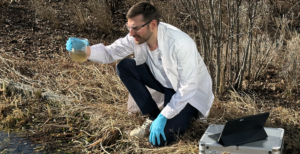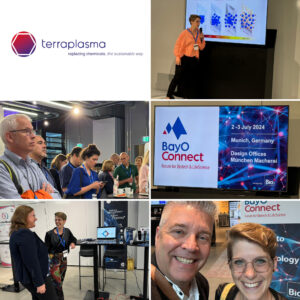Clean drinking water is becoming an increasingly scarce commodity – even in industrialized countries
Water is the basis for life – and we are using more and more of it. In addition to its use in agriculture and production, drinking water plays a central role worldwide. According to United Nations estimates, over 1.6 billion people lack access to clean drinking water, leading to over half a million deaths from childhood diarrhea each year. The Environmental Performance Index (EPI) from Yale and Columbia Universities provides a well-founded assessment of how much the qualities of the environment vary.
According to the EPI, countries can achieve a maximum value of 100 in the drinking water category. There are seven European countries in the top ten for drinking water quality with a value of 100: Austria is in first place, closely followed by Finland, Greece, Iceland, Ireland, Malta and the Netherlands. With a score of 98.60, Germany only made it to eleventh place. Eight other European countries have good water quality with a value of over 90 according to the EPI.
PFAS detected in drinking water in more and more communities
Germany is one of the countries with the cleanest drinking water in the world, but here almost 30% of the drinking water comes from surface water, which by law must be filtered and treated before consumption. In addition to microbiological contamination, chemical pollution is also a problem even in developed countries. Across the EU, 23% of groundwater and 58% of surface water are polluted and cannot be used as drinking water without cleanup. The latest topic in this context is PFAS, non-biodegradable dangerous chemicals that have already been detected in the groundwater of over 1,500 communities in Germany alone and will exceed the upcoming limit values in 2026.
Advances in cold plasma technology support drinking water treatment
The developers of terraplasma were able to show at the beginning of the year that their water treatment technology can also treat critical substances. The team has long been involved in the research and development of cold plasma solutions in water. With a DLR-supported program aimed at chemical-free disinfection of food with plasma-activated water (PAW), or “Happy Teeth” (supported by ESA), which uses PAW as a replacement for conventional mouthwash, terraplasma shows that it has the best prerequisites for tackling the challenges of drinking water treatment in a technologically effective way. PAW is highly bactericidal and virucidal and at the same time meets WHO recommendations for drinking water. In initial tests with the “Happy Teeth” prototype, which was not optimized for this purpose, terraplasma was able to reduce PFAS by up to 20%, thus demonstrating the ability of PAW to successfully decontaminate even persistent pollutants with minimal energy consumption (<0.008 kWh/m³ water).
Setting standards in water treatment with greater throughput

The current challenge for terraplasma is now to scale a water treatment device from a household unit with a volume of 0.5 liters (“Happy Teeth” prototype) to an industrial-scale system with a flow rate of around 100 l/min. This presents significant technical and operational challenges. Adapting components, maintaining effectiveness and optimizing cold plasma technology requires careful consideration and testing. Achieving consistent, efficient and reliable treatment of larger volumes of water is crucial for successful implementation in industrial environments. The terraplasma team is confident of achieving this scale and developing “Plasma Pure Water”, a water treatment demonstrator for the market on an industrial scale.




